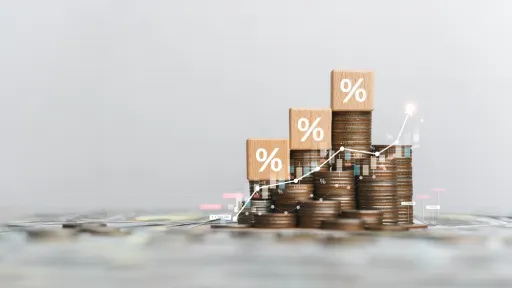In the ever-evolving world of international football, the Nations League explained has become essential knowledge for fans and analysts alike. This innovative tournament has reshaped national team competitions, creating more meaningful matches and enhancing global football’s appeal. Understanding the Nations League is crucial in today’s sports landscape where the dynamics of international competitions influence financial revenues, fan engagement, and broadcasting rights.
Nations League Explained: What Is It?
The Nations League is a biennial international football competition organized by UEFA, featuring the national teams of its member associations. Created to replace meaningless friendlies, the tournament aims to provide more competitive and exciting matches. Since its inception in 2018, the Nations League has grown into a key part of the international football calendar.
Key Features of the Nations League
- Structured Competition: Teams are divided into leagues (A, B, C, D) based on their UEFA coefficient rankings, ensuring a competitive balance.
- Promotion and Relegation: Teams can move between leagues based on their performance, adding stakes to every match.
- Qualification Opportunities: The Nations League offers an alternative route to qualify for major tournaments like the UEFA European Championship.
How the Nations League Impacts International Football
The Nations League explained helps fans appreciate the significance of each match beyond traditional friendlies. The competition has several implications:
- Competitive Matches Year-Round: National teams get to play meaningful games regularly, improving team cohesion and performance.
- Financial Benefits: More competitive fixtures result in increased ticket sales, higher broadcast revenues, and better sponsorship opportunities.
- Fan Engagement: Meaningful outcomes keep fans invested, boosting viewership and stadium attendance.
Format and Structure
The tournament’s format is designed to promote fairness and excitement. Here’s how it works:
- Leagues: Four leagues (A to D) group teams by strength, with League A containing the strongest teams.
- Groups: Each league is divided into groups where teams play home and away matches.
- Finals: The group winners of League A advance to the Nations League Finals, consisting of semi-finals, a third-place play-off, and the final match.
- Promotion/Relegation: Bottom teams in each group can be relegated to a lower league, while group winners may be promoted.
Why Nations League Explained Matters for Football Fans and Stakeholders
Explaining the Nations League is not just about understanding a tournament; it’s about appreciating a strategic shift in international football. This competition affects multiple facets of the sport:
- Players: More competitive games provide valuable experience and exposure.
- National Teams: Chances to qualify for major tournaments increase through the Nations League pathway.
- Associations and Organizers: The tournament helps maximize revenues and maintain fan interest between big events like the World Cup and Euros.
Looking Ahead: The Future of the Nations League
As UEFA continues to refine the structure, the Nations League promises to become even more pivotal. Expansions, altered formats, or integration with other competitions could further elevate its status.
In conclusion, the Nations League explained provides a comprehensive insight into a competition that is redefining international football dynamics. Whether you’re a casual viewer, a die-hard fan, or a stakeholder in football’s financial sphere, understanding this tournament is invaluable.


